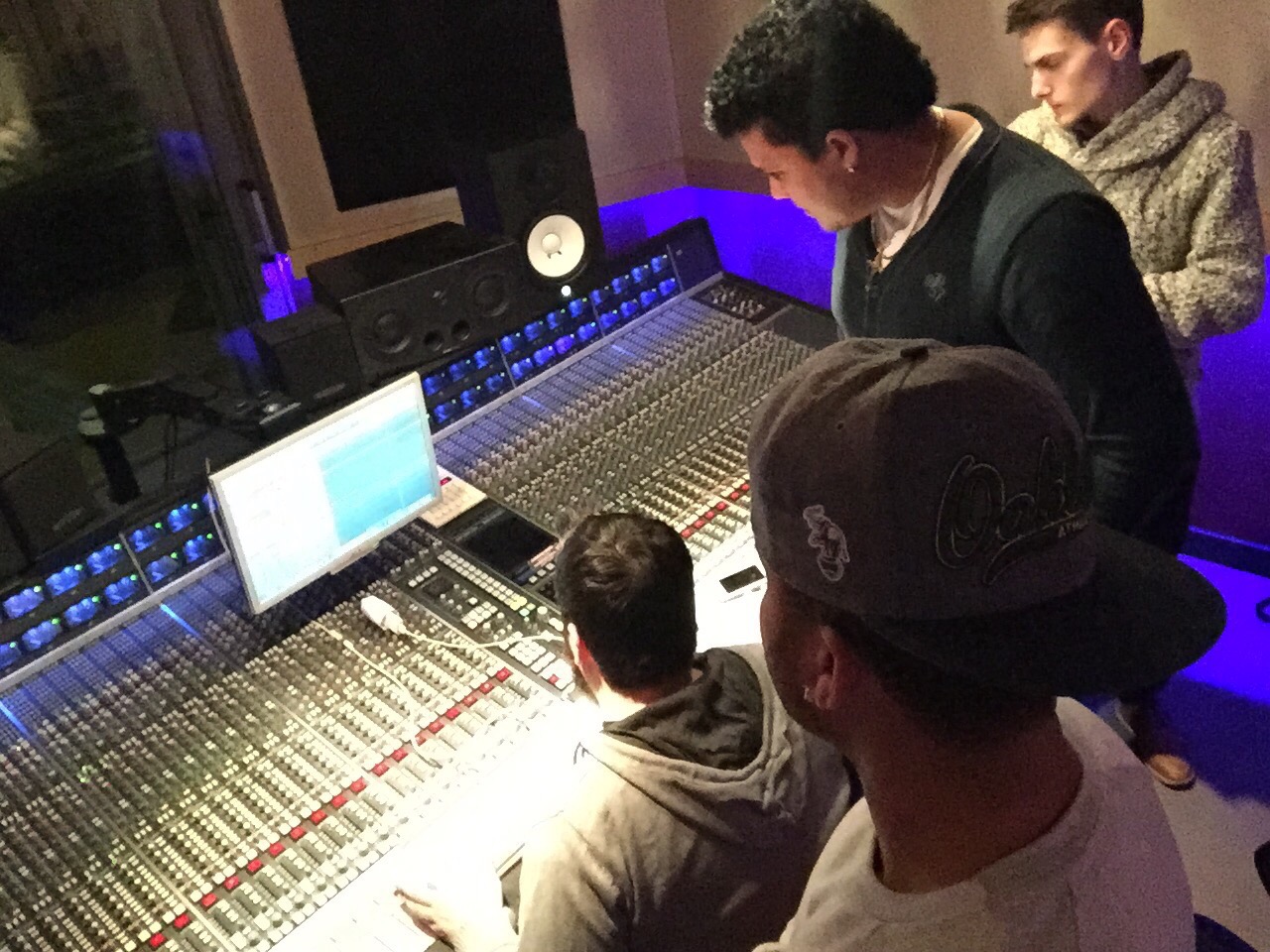How to achieve a loud and clear mix?
- Audio Mixing Mastering

- Apr 15, 2021
- 4 min read
Updated: Feb 11, 2023
Kick and Bass.
Usually we have questions about how to make kick and bass work together in a smooth yet powerful way, usually people think side chain is the answer, well, not really, side chain is just to glue and a small part of the trick.

For me the important points are 4. 1. Accurate source selection. 2. Inteligent arrangment 3. Layering (when needed) 4. Complementary EQ.
1. Accurate source selection. Both of them can not rule the very low end, you need to choose one of them to be the fat guy and the other to be the punchy / Groove one. As you can see in the first picture, the kick is in charge of the very low end and the bass is more leading toward one octave higher. So I’m sure they are not fighting the subs frequencies and they complement each other nicely.
2. Inteligent arrangment. One of the most obvious way to clean your low end is to avoid kick and bass hitting together every single time , when kick and bass hit every single time at same time ear pick this as one sound and we fall into the layering section, usually kick and 808 together do this ( my next post ) but for kick and bass is usually better to detach both instruments
- To have a more rich rhythm
- To have a cleaner low end
- Our goal here, is to have more headroom available and can achieve a competitive loudness with out squashing the mix.

3. Layering As you can see in first picture my second eq is bass, I already boost 2 dbs to the upper mids but is still not enough to cut through the mix, so what to do? Boost another 10 dbs right? Wrong!!!!! Don’t ask an instrument to do what they can’t do !!! Is unnatural and is when the mix start going to hell!. Go and pick another bass with a very rich harmonic content or a good string noise and layer the bass with it. I did it and you can see it in the 3th Eq in the first picture. I filtered the low content that I don’t need, and boost the harmonic content just 1,5dbs and 2 dbs of string noise. Sound very natural and cut beautifully though the mix already.
4. Complementary eq. As you see in the first picture I tend to cut the opposite freq that I boost In the other instrument. So they make space for each other. If you put all of this steps together you will avoid masking and will have plenty of headroom available.
To check for you how it works I dropped a limiter and an analyzer in the main buss. I mute all the instruments in the mix except kick, bass and mid bass layer.
As you can see in second picture I set my limiter to catch just 1 db and I am already -11.5 rms and I don’t have yet any compression or any saturation going on. Just the instruments and EQ.
“What can I do to translate well out of my studio speakers?”
By some unknown reason people replay a lot the famous “mix in mono“ answer. Well I really don’t understand why, most of new phones comes also with stereo speakers, and obviously you can’t enjoy stereo image in a phone but certainly it doesn’t collapse the image to mono anymore. But the real issue is not about mono vs stereo, the real issue is this: Frequency range! The frequency range in small Bluetooth speakers and phones is so small compared to studio speakers. So, what is the real answer? You need to take care of the mid range!!!
Is the only part of the spectrum that is consistent across any device, yes ! Your mid range is the key to translate well and the key to a loud mix! That’s the reason you go to Spotify and 2 mixes at -14 lufs sound very different! Because we perceive loudness also as something that is very close to us, if your mid range is not clear enough you are not going to sound good in any device ok? So, we can apply this tip to check our mid range translation during mixing or mastering session.
EQ #1 is the normal frequency range of a decent phone
EQ #2 is the frequency range of small Bluetooth speaker.

So do this:
#1 cut with 18 or 24 Db Hi pass filter at 500hz
Make a small dip around 700hz (1-2 dbs are enough)
Boost a couple dbs around 4K and cut with 24db Low pass filter at 10k.
#2 cut with 12 db Hipass filter at 90hz and boost the Q of the filter too enhancer around 100hz, make a small dip around 1.3k and again cut at 10k.
Drop this couple of EQ in your main buss and from time to time turn it on and check your mix.
Is clear enough?
Is punchy enough?
You can listen the kick?
Can you follow the groove in the bass?
Can you listen the 808?
Can you enjoy the music with this eq engaged?
If the answer is yes, you are going to translate good out of the studio .
If your answer is no, you need to tweak the mix till the answer turns into a big yes!
And obviously you need to check from time to time your mono compatibility.
But please, don’t mix in mono!!!!
Is such a nonsense! Is just to check!
Hope it helps somehow to achieve better mixes my friends.
Enjoy your music!




Comments